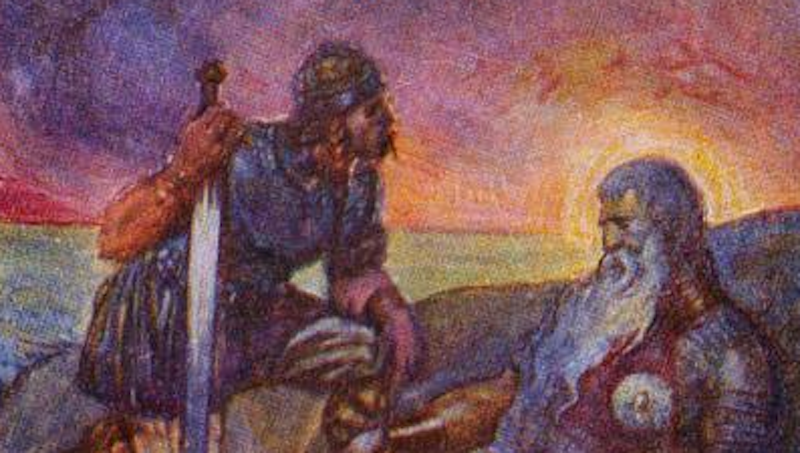Before he began drafting The Lord of the Rings, “the long defeat” was already an important theme to J.R.R. Tolkien. Though it is operative in the writings that would in time become The Silmarillion, it was only implicitly present within them, an ingredient in their sad grandeur but not elaborated upon as a principle. It was in reflecting upon the Anglo-Saxon poem Beowulf for the Sir Israel Gollancz Memorial Lecture in 1936 that Tolkien would begin to theorize the concept, though the phraseology itself would still await a few years until the composition of Book II of The Lord of the Rings. With the concept, however, Tolkien would both deepen his legendarium and help modern sensibilities to receive Beowulf as a testament to the human condition and to the need for courage in the midst of fallen history.
Login to read more
Sign in or create a free account to access Subscriber-only content.
Topics:
